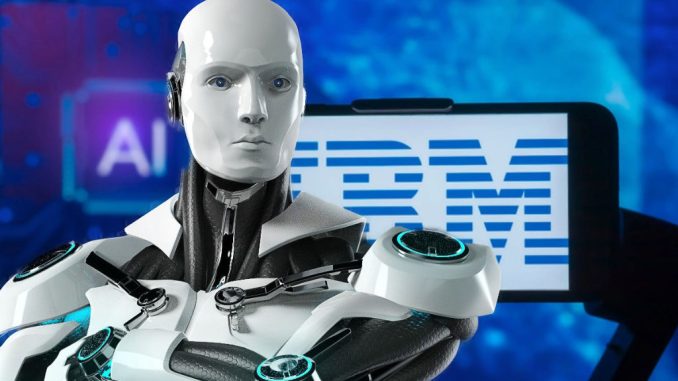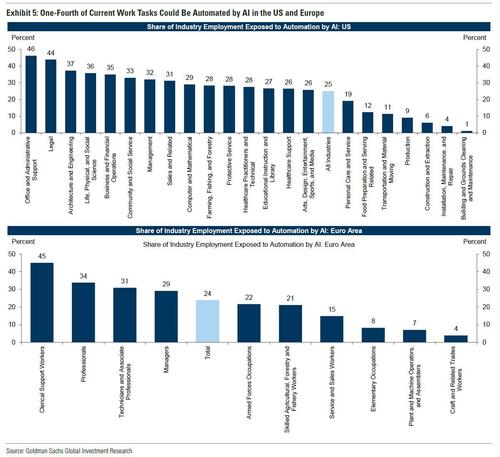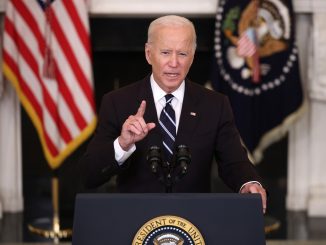
Original Article by Zero Hedge
One month ago, to much dismay and widespread denial, Goldman predicted that AI could lead to some 300 million layoffs among highly paid, non-menial workers in the US and Europe.
As Goldman chief economist Jan Hatzius put it, “using data on occupational tasks in both the US and Europe, we find that roughly two-thirds of current jobs are exposed to some degree of AI automation, and that generative AI could substitute up to one-fourth of current work. Extrapolating our estimates globally suggests that generative AI could expose the equivalent of 300 million full-time jobs to automation” as up to “two thirds of occupations could be partially automated by AI.”

Yet while Goldman’s forecast was met with a emotions ranging from incredulity to outright mockery, it may not have been too far off the mark.
Consider that just last week, Dropbox said it would lay off 16% of the company, some 500 employees as the company sought to build out its AI division. In a memo to employees, Dropbox CEO Drew Houston said that “in an ideal world, we’d simply shift people from one team to another. And we’ve done that wherever possible. However, our next stage of growth requires a different mix of skill sets, particularly in AI and early-stage product development. We’ve been bringing in great talent in these areas over the last couple years and we’ll need even more.”
The changes we’re announcing today, while painful, are necessary for our future,” Houston notes. “I’m determined to ensure that Dropbox is at the forefront of the AI era, just as we were at the forefront of the shift to mobile and the cloud. We’ll need all hands on deck as machine intelligence gives us the tools to reimagine our existing businesses and invent new ones.”
But while Dropbox’s layoffs were lateral, and meant to open up space for more AI linked hires, in the case of IBM, it is AI itself that is making workers redundant.
As Bloomberg reports, IBM CEO Arvind Krishna said the company expects to pause hiring for roles it thinks could be replaced with artificial intelligence in the coming years. As a result, hiring in back-office functions — such as human resources — will be suspended or slowed, Krishna said in an interview. These non-customer-facing roles amount to roughly 26,000 workers, Krishna said. “I could easily see 30% of that getting replaced by AI and automation over a five-year period.” That would mean roughly 7,800 jobs lost.
Part of any reduction would include not replacing roles vacated by attrition, an IBM spokesperson said.
Krishna’s plan marks one of the largest workforce strategies announced in response to the rapidly advancing technology; it certainly won’t be the last as virtually all companies follow in IBM’s footsteps and layoffs tens if not hundreds of millions of workers in the coming years.
Mundane tasks such as providing employment verification letters or moving employees between departments will likely be fully automated, Krishna said. And while some HR functions, such as evaluating workforce composition and productivity, probably won’t be replaced over the next decade, it is only a matter of time before these roles are also replaced by AI.
IBM currently employs about 260,000 workers and continues to hire for software development and customer-facing roles. Finding talent is easier today than a year ago, Krishna said. The company announced job cuts earlier this year, which may amount to about 5,000 workers once completed. Still, Krishna said IBM has added to its workforce overall, bringing on about 7,000 people in the first quarter.
The Armonk, New York-based IBM beat profit estimates in its most recent quarter due to expense management, including the earlier-announced job cuts. In the past IBM had managed to manipulate its stock higher thanks to billions in stock buybacks (at much higher prices). But once its debt load grew too big, the buyback game ended, Warren Buffett sold his shares, and the stock price has languished for over half a decade. And since the company’s revenue is stagnant at best, its only hope is to drastically cut overhead.
Enter AI: new “productivity and efficiency” steps – read replacing workers with algos – are expected to drive $2 billion a year in savings by the end of 2024, Chief Financial Officer James Kavanaugh said on the day of earnings. Out with the humans and in with the artificial intelligence.
Helping the company’s imminent transition to an AI-staffed corporation will be the coming recession. Until late 2022, Krishna said he believed the US could avoid a recession. Now, he sees the potential for a “shallow and short” recession toward the end of this year, although it remains unclear just how one can determine that a recession will be “shallow and short”.




